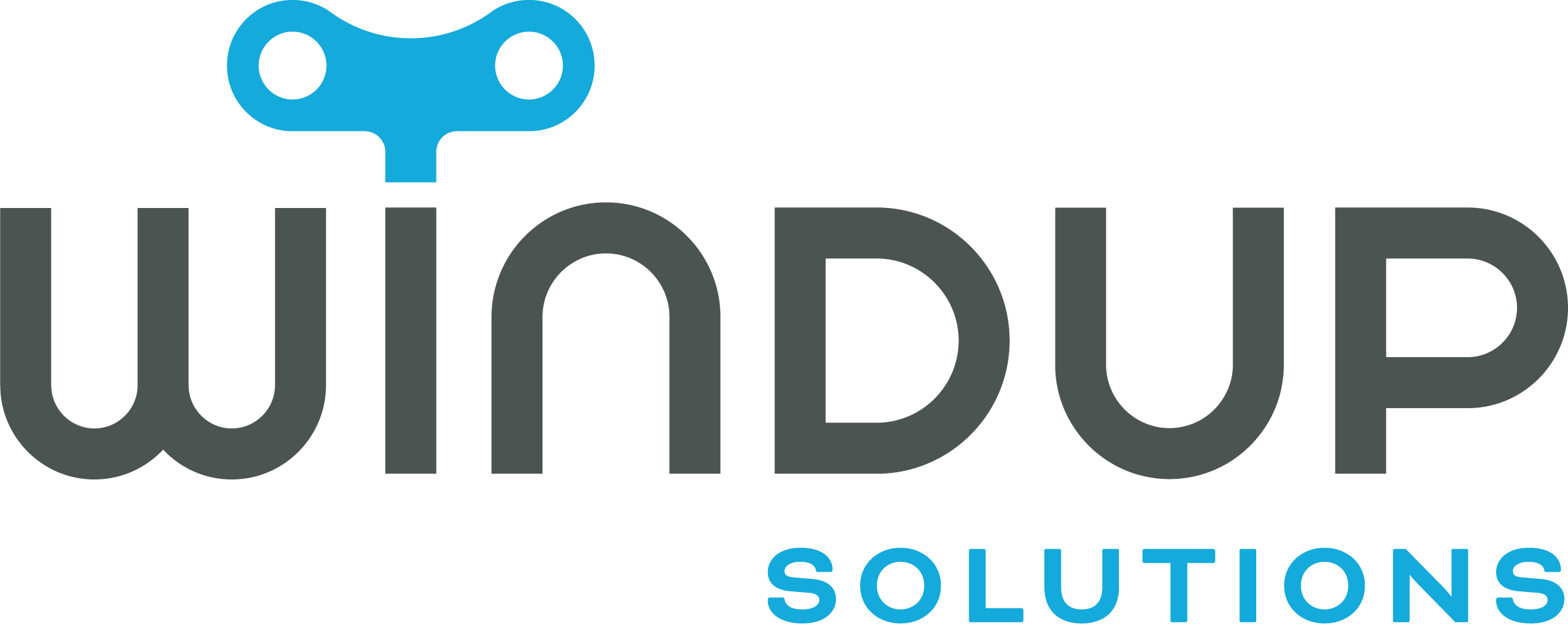
In today’s fast-evolving business landscape, companies of all sizes are increasingly turning to Virtual Desktop Infrastructure (VDI) to manage their IT systems more effectively.
For small and medium-sized businesses (SMBs) with 150-500 employees, implementing VDI solutions such as Citrix DaaS or Citrix Virtual Apps and Desktops (CVAD) offers substantial benefits. Not only does it improve security and reduce costs, but it also simplifies IT management, enabling greater flexibility in adapting to modern work environments.
Let’s dive into the key benefits of implementing Virtual Desktop Infrastructure and why it’s a game-changer for growing businesses.
1. Enhanced Security
One of the primary advantages of using VDI is the significant improvement in security. By centralizing data and applications in a secure data center or cloud environment, VDI solutions ensure that sensitive business information never resides on employees’ individual devices. This dramatically reduces the risk of data breaches caused by lost or stolen devices.
Additionally, Citrix DaaS and CVAD offer advanced security features like multi-factor authentication, data encryption, and centralized policy management. These features help businesses maintain compliance with industry standards such as HIPAA, GDPR, and SOX, ensuring that sensitive information remains secure across the organization. In an era where cyberattacks are becoming increasingly sophisticated, this level of security is essential for protecting business data.
2. Cost Savings
For many businesses, managing and maintaining individual desktops and laptops for each employee can be a costly affair. Regular hardware upgrades, software licensing, and on-site IT support quickly add up. Virtual Desktop Infrastructure helps SMBs minimize these expenses by centralizing computing power in a virtual environment.
VDI allows businesses to extend the lifecycle of their existing hardware by turning older machines into thin clients that access virtual desktops. This eliminates the need for frequent hardware upgrades, as the processing power shifts to the cloud or data center. Additionally, software licensing becomes easier to manage and more cost-effective with centralized control over installations and updates.
Moreover, Citrix DaaS offers a scalable pricing model, allowing businesses to pay only for the resources they use. This flexibility ensures that SMBs can adapt to their evolving IT needs without over-investing in unnecessary infrastructure.
3. Streamlined IT Management
Managing a traditional IT setup requires considerable time and effort, especially for SMBs with limited resources. From manually updating software to troubleshooting hardware issues, IT teams often struggle to keep up. Virtual Desktop Infrastructure simplifies IT management by centralizing desktop deployment, updates, and security patches.
With solutions like Citrix DaaS or CVAD, IT administrators can manage hundreds of virtual desktops from a single location. Software updates and security patches can be applied to all virtual desktops at once, ensuring consistency and reducing the risk of vulnerabilities caused by outdated systems. This centralized approach not only saves time but also reduces the chance of human error during the update process.
Additionally, the use of virtual desktops can enhance disaster recovery efforts. In the event of a system failure, businesses can quickly restore access to desktops and applications from backup environments, minimizing downtime and keeping operations running smoothly.
4. Flexibility for Remote and Hybrid Work
With the rise of remote and hybrid work, businesses need solutions that allow employees to access their work environments from anywhere. Virtual Desktop Infrastructure provides this flexibility by enabling employees to connect to their desktops and applications from any device with an internet connection.
Whether employees are working from home, in the office, or on the go, VDI ensures they have consistent access to the tools they need. Citrix Virtual Apps and Desktops allow businesses to deliver a seamless user experience, no matter where the employees are located or what device they’re using.
This flexibility also benefits IT departments by reducing the complexity of supporting a dispersed workforce. Instead of troubleshooting individual devices, IT teams can manage and support all users through the centralized VDI environment.
5. Scalability to Meet Growing Business Needs
As SMBs grow, so do their IT demands. Traditional desktop setups require businesses to invest in new hardware and software as they expand, which can be both costly and time-consuming. Virtual Desktop Infrastructure, on the other hand, offers unmatched scalability.
With Citrix DaaS and CVAD, businesses can easily add or remove virtual desktops as their workforce expands or contracts. This scalability ensures that businesses can adapt to changing circumstances without the need for significant upfront investments. Additionally, VDI allows companies to respond to temporary changes in workforce size, such as during seasonal peaks or temporary projects, without the need for permanent infrastructure upgrades.
6. Improved Productivity and User Experience
Employees expect fast, reliable access to their work environments, regardless of their location or device. VDI improves productivity by providing consistent performance, even for users accessing resource-intensive applications. Citrix Virtual Apps and Desktops, for example, optimize application delivery and desktop performance to ensure that employees experience minimal lag or downtime.
The centralized nature of VDI also ensures that employees are always working with the latest versions of software, reducing compatibility issues and improving overall productivity. Moreover, virtual desktops allow for a more customized user experience, enabling employees to personalize their desktop environments without compromising security or performance.
Key Takeaways:
- Enhanced Security: VDI centralizes data and apps in secure locations, reducing the risk of data breaches or unauthorized access by keeping sensitive information off local devices.
- Cost Efficiency: By minimizing the need for hardware upgrades and reducing IT maintenance costs, VDI offers a more cost-effective solution compared to traditional desktop setups.
- Scalability: VDI allows businesses to quickly scale up or down as their workforce changes, without needing to invest in additional physical infrastructure.
- Flexibility for Remote Work: VDI supports secure access from any device, enabling employees to work from anywhere while maintaining access to the same desktop environment and applications.
- Simplified IT Management: VDI centralizes desktop and application management, making it easier for IT teams to handle updates, security patches, and troubleshooting.
